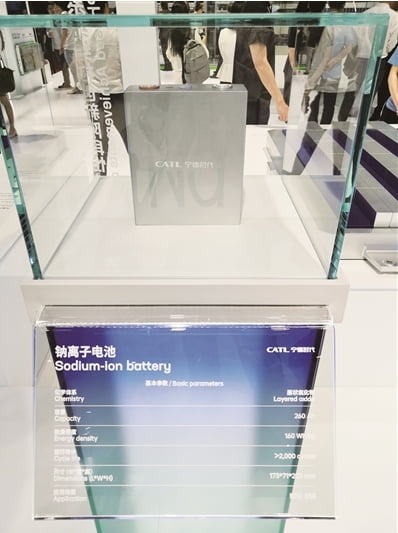Views: 0 Author: Site Editor Publish Time: 2023-12-19 Origin: Site











Companies such as CATL and others are preparing for large-scale production of sodium-ion batteries, which are making waves in the energy storage landscape. The trajectory of sodium-ion batteries is set to parallel the rapid rise of lithium-ion batteries, signaling a watershed moment in the industry.

Unprecedented Growth and Cost Considerations
Sodium-ion battery research, which began in the 1970s, saw a resurgence in 2010. Major players are now announcing mass production capabilities, with industry-wide production capacity increasing significantly from 2 GWh last year.
Key Factors: Affordability and Technical Breakthroughs
Sodium-ion batteries offer unique advantages, including power density and a wide temperature range. However, cost-effectiveness remains crucial for widespread adoption. The absence of a clear technical route poses challenges, but breakthroughs are expected as the industry matures.
Market Prospects and Optimism
The potential of sodium-ion batteries extends across various applications, including user-side energy storage, data centers, and base station energy storage. Industry leaders are optimistic about the technology's growth trajectory, forecasting sodium-ion batteries to follow a trajectory similar to that of lithium-ion batteries.
Supportive policies and energy planning documents from multiple regions signal a favorable environment for sodium-ion batteries, further propelling their application in energy storage. Industry insiders predict sodium-ion batteries will exceed 50 GWh in shipments by 2025, with an ambitious goal to surpass 1,000 GWh by 2030.In the next few years, the annual compound growth rate of sodium-ion batteries will exceed 82.6%.
![]()
As sodium-ion batteries gain momentum, the industry is at the cusp of a transformative period, with the potential to replicate the remarkable growth witnessed by lithium-ion batteries in the past decade.
content is empty!
content is empty!
